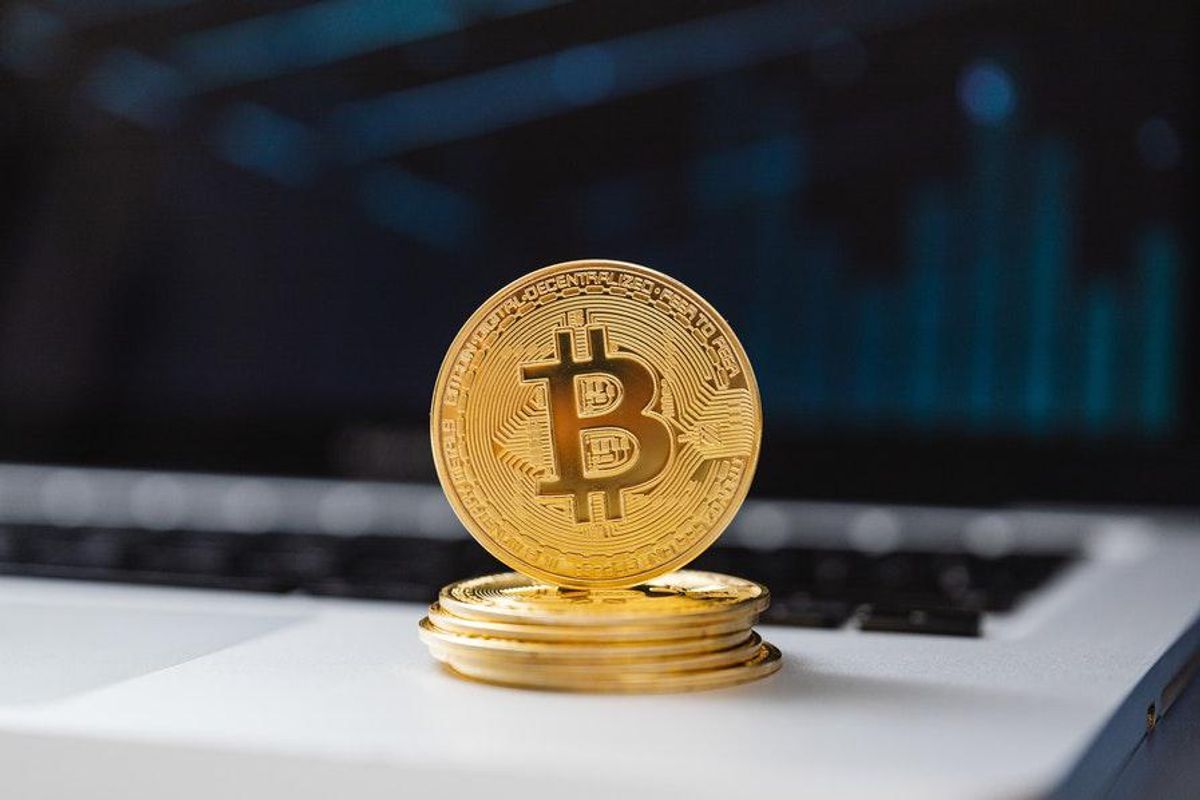Should Investors Follow the Bitcoin Fear and Greed Index?
What approach should bitcoin investors take based on daily results from the Fear and Greed Index?

Bitcoin has come a long way from being a fringe digital asset to a mainstream opportunity for investors.
But the rapid onset of this emerging opportunity has caught people off guard, with some wondering whether it’s too late to jump in — especially considering the volatility of the top cryptocurrency and other leading digital assets.
One measuring tool that has captured the attention of market participants when it comes to bitcoin is the Fear and Greed Index, a self-described “multifactorial market sentiment analysis.”
Here the Investing News Network (INN) presents a breakdown of what investors should know about the Fear and Greed Index and how it relates to the dynamic bitcoin market.
What is the Fear and Greed Index?
The Fear and Greed Index operates under a scale of zero to 100, with the highest mark indicating positive sentiment, while lower scores represent growing fear factors for the market at large.
When the index's score is low, it indicates that investors are worried, resulting in a potential buying opportunity.
Alternatively, when the index shows that confidence is running high, that may point to unrealistic expectations about where the bitcoin price may be headed, creating a selling opportunity.
The index uses the following five data points as a way to create its daily score update:
- Volatility
- Market volume
- Social media
- Dominance over other crypto
- Google Trends results
“This adds a new, unique dimension to the Bitcoin Crypto Fear and Greed Index that allows investors to understand how the Index interacts with price historically,” the index's website reads.
How can investors use the Fear and Greed Index?
As mentioned, bitcoin, like most digital assets, has proven to be a volatile investment
“Volatility is a part of this space because it’s still nascent ... it’s still betting on the future,” Som Seif, founder and CEO of Purpose Investments, previously told INN.
The executive, whose firm has launched several cryptocurrency funds, said investors need to focus on their reasons for holding digital assets and do their best to disassociate from the uncertainty seen in the market.
The wild price swings for bitcoin and other coins are heavily influenced by sentiment, and the Fear and Greed Index offers investors a way to keep an eye on how people feel about the premier digital asset.
“Bitcoin volatility is still high,” Noelle Acheson, head of market insights at digital asset broker Genesis, recently told Bloomberg. “Investors are starting to accept that it’s not a bug, it’s a feature.”
By referring to the Fear and Greed Index, investors may be able to take a step back and avoid making emotional decisions when it comes to bitcoin.
“Extreme fear can be a sign that investors are too worried. That could be a buying opportunity,” the index's website explains. “When Investors are getting too greedy, that means the market is due for a correction.”
Investor takeaway
Bitcoin investments have attracted a lot of attention in a short time frame, and many tools for newcomers have emerged. The Fear And Greed Index is one of those offerings, and it provides investors with the ability to get live readings on sentiment surrounding the biggest cryptocurrency in the market.
Investors can use that information in their trades along with their long-term thesis for digital assets.
Don’t forget to follow us @INN_Technology for real-time updates!
Securities Disclosure: I, Bryan Mc Govern, hold no direct investment interest in any company mentioned in this article.
Editorial Disclosure: The Investing News Network does not guarantee the accuracy or thoroughness of the information reported in the interviews it conducts. The opinions expressed in these interviews do not reflect the opinions of the Investing News Network and do not constitute investment advice. All readers are encouraged to perform their own due diligence.
- How Can Investors Navigate Crypto Volatility? ›
- Why is Crypto Down? ›
- What is Crypto? ›
- What is Bitcoin Mining? ›
- Bitcoin: A Brief Price History of the First Cryptocurrency | INN ›





